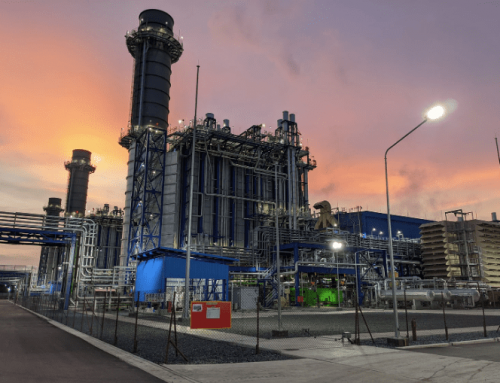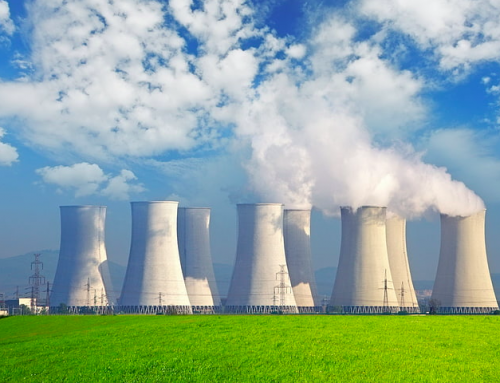Power plant frequency control is a crucial aspect of maintaining a stable and reliable electrical grid. The frequency of an electrical grid is typically maintained at a specific value, such as 50 Hz or 60 Hz, depending on the region. Deviations from this nominal frequency can lead to various issues, including equipment damage, power outages, and disruptions to connected devices. Frequency control ensures that the supply of electricity matches the demand in real-time, maintaining a balanced system.
Here’s how power plant frequency control works:
- Load and Generation Balance: The total electrical power generated by power plants must match the total load (demand) from consumers. If the demand increases, generators must produce more power; if demand decreases, power production must decrease. The supply must match the demand. If there is more demand then supply the frequency will drop. If there is more supply than demand then the frequency will rise.
- Frequency Monitoring: Grid operators constantly monitor the frequency of the electrical grid. This monitoring is typically done using specialized devices called synchrophasors or phase measurement units (PMUs) located at various points in the grid.
- Governor Control: In most power plants, especially those with rotating machinery like turbines, there is a governor control system. The governor controls the amount of fuel or mechanical input to the generator to adjust its output and maintain the desired frequency. If the frequency drops due to increased demand, governors increase the fuel supply to the turbines, increasing power generation.
- Automatic Generation Control (AGC): AGC is an offsite control system that manages the output of multiple power plants within a region. It uses real-time data on frequency, load, and power generation to make adjustments to individual generators. AGC ensures that the power output from different plants is coordinated to match the changing demand and maintain frequency stability.
- Frequency Response (Spinning) Reserve (FRR): Some power plants are designated as frequency response reserves. These plants can quickly adjust their output in response to changes in frequency, helping to stabilize the grid during sudden load changes or generation losses. These reserves are crucial for maintaining grid stability. Some power plants only get paid to offer this ancillary service.
- Demand Response: In addition to adjusting power generation, some regions also use demand response programs. These programs incentivize consumers to reduce their electricity usage during times of high demand or frequency instability. By reducing demand, the grid’s frequency is easier to stabilise.
- Energy Storage: With the increase in solar and wind energy supply on the grid, energy storage systems, such as batteries, also play a role in frequency control. Since some electricity supply is displaced by solar and wind, it is necessary to have rapid response of power into the grid. Batteries and capacitors can inject or absorb power into the grid rapidly to help balance supply and demand and stabilize frequency.
- Communication and Control: Modern power grids rely on advanced communication and control systems to facilitate real-time data exchange between power plants, substations, and grid operators. This enables more precise and efficient frequency control.
Overall, power plant frequency control is a complex and dynamic process that involves a combination of automatic control systems, human operators, and advanced technologies in coordination to maintain the stability of the electrical grid and ensure a reliable power supply.




